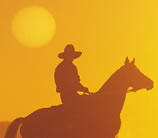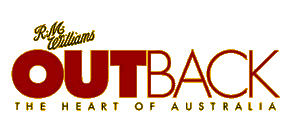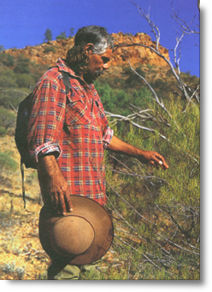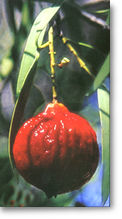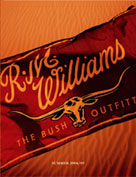DINKUM DINING
Really dinkum dining
Story: Sally Hammond
Photos: Gordon Hammond, Trevor Creighton & Graham
Simmons
|
|
|
"Sharpy" Coultard, bush tucker guide at Arkaroola Sanctuary, SA |
For thousands of years bush tucker was the only food eaten in Australia - food that hopped, crawled, slithered or grew in a land populated entirely by indigenous people.
Australia's first inhabitants herded no animals, planted no crops and were hunter-gatherers, relying on the land for each mouthful. In hard times, every waking moment was spent foraging for food.
Little wonder they instinctively knew which piece of bark hid grubs, what valley attracted wallabies or emus at dusk, or leaves and berries that could safely be eaten. Their lives depended on it
When white man came, everything changed. Driven back from their hunting grounds, indigenous people were forced to learn to find and use new foods, while from the colonists' camps drifted strange smells - of baking bread, roast pork and lamb, strange vegetables stewing in water, and sweet fruits.
Unfortunately, curiosity and fear on both sides prevented much sharing of knowledge. Only in recent years has the cuisine of Australia's native people become of interest to Europeans, and the rare food-stuffs catalogues and described.
|
|
|
Quandongs, a favorite food source for Aboriginals and now the wider community. |
Even more recently bush foods have started to become available in restaurants and shops, and the time is still in the future when all Australians will enjoy them.
If you wince at the idea of witchetty grubs or emu, take heart; the bush has much else to offer.
Akudjura or bush tomatoes taste of caramel and tamarillo and suit
savoury or sweet dishes; Kakadu plum is the world's highest sourse of vitamin
c: munthiree berries are apple-flavoured and delicious in pies and flans;
lemon myrtle leaves add an atomic zing to everything from herb butter to
mayonnaise and fish dishes; and rosellas, which are mainly used to make sauces
and jams, are from a plant (not the feathered variety). ![]()
Full story: Issue 14, December 2000/ January 2001
